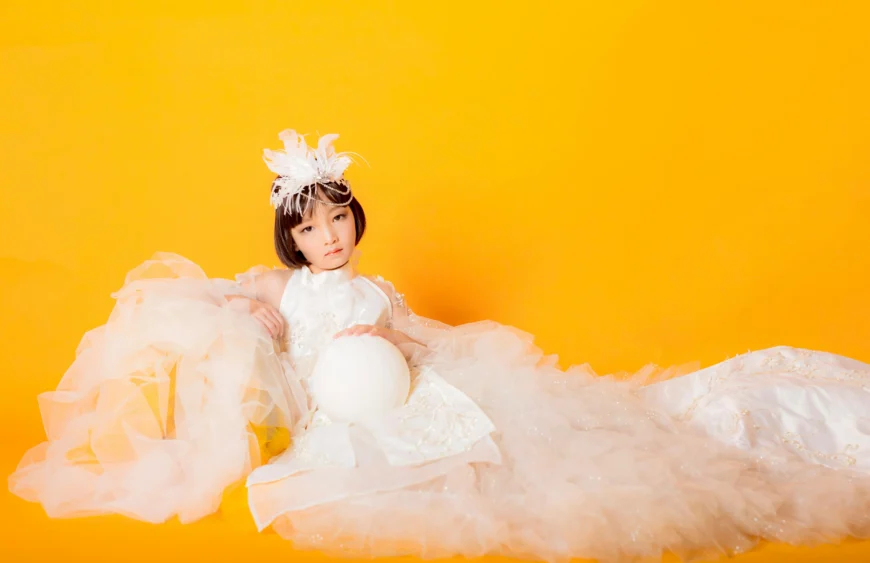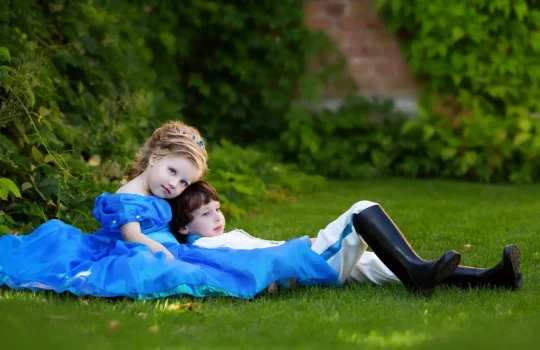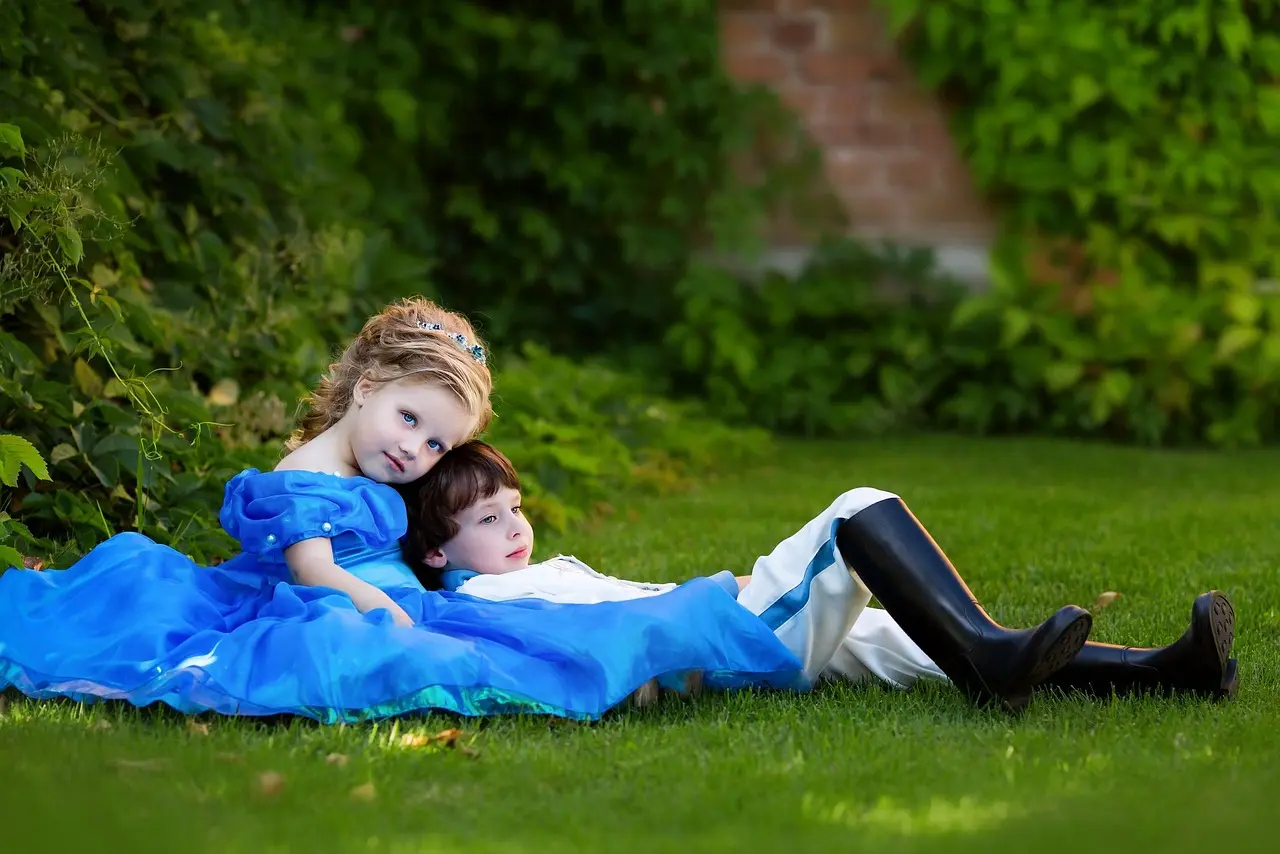As a special type of children’s clothing, children’s dresses not only carry innocence and dreams, but also show unique aesthetic and social values in different historical periods and cultural backgrounds. Although the forms and styles of children’s dresses are diverse, their development process has a common root.
- Early children’s clothing
The origin of children’s clothing can be traced back to ancient society. As early as prehistoric times, children’s clothes were mainly made of natural materials such as animal fur and plant fibers. With the development of society, especially in civilizations such as ancient Egypt, ancient Greece and ancient Rome, children’s clothing began to be valued. Ancient children’s clothing is usually a smaller version of adult clothing, simple in design, but often with bright colors and special patterns to show identity and status.
Early children’s clothing is often similar to adult clothing, but the concept of children’s dresses was not specially designed. It was not until the Middle Ages that society gradually paid more attention to children, and the childhood of children during this period was more clearly divided, and gradually formed an independent style of children’s clothing.
- The formation of dresses
In modern times, especially in the 18th and 19th centuries, children’s dresses gradually formed and became part of children’s clothing. In Europe, girls from aristocratic families often wear gorgeous dresses in formal occasions, parties, dances and other social activities. These skirts are usually made of high-end fabrics such as silk and satin, decorated with lace, lace and ribbons, showing fashion and luxury.
Compared with adult dresses, children’s dresses focus on comfort and mobility, and designers have made reasonable considerations on fabrics and styles. During this period, children’s dresses carried the social status of the family, and also reflected the expectations and aesthetics of the society at that time for children. With the advent of the Industrial Revolution, clothing production entered the mechanization stage, and the styles and materials of children’s dresses gradually became richer, and diversified styles began to appear.
- Cultural influence of children’s dresses
Entering the 20th century, the popularity of children’s dresses is closely related to the development of social culture. In many Western countries, children’s dresses are not just a kind of clothing, they have become a cultural symbol. Especially in some important festivals, religious ceremonies and family gatherings, children’s dresses often play an important role. In these occasions, children’s dresses not only reflect the family’s taste, but also express respect for tradition and culture.
For example, children’s dresses have become an indispensable element in important moments such as religious baptisms, birthday celebrations and weddings. In these ceremonies, children’s dresses symbolize innocence and rebirth, and also symbolize a family’s expectations for the future.
IV. The evolution of contemporary children’s dresses
Today, the styles and styles of children’s dresses are more diversified, and designers focus on combining fashion elements with children’s nature to create works that are more in line with contemporary aesthetics and lifestyles. In modern times, the children’s clothing market is growing, and various brands have launched a rich and diverse range of children’s dresses, ranging from classic princess dresses to modern minimalist dresses.
In terms of design, children’s dresses not only focus on the beauty of appearance, but also pay more attention to children’s wearing experience and comfort. They use soft fabrics and loose cuts, so that children can move freely when wearing them. At the same time, the concepts of environmental protection and sustainable development have gradually penetrated into children’s clothing design, and more and more designers have begun to use environmentally friendly materials and pay attention to the sustainability of craftsmanship.
V. Summary
The origin and development of children’s dresses is a process that integrates social culture, aesthetic concepts and historical changes. From the simple clothes in the early days, to the gorgeous dresses of aristocratic families, to the diversity and comfort of the contemporary era, children’s dresses not only define children’s fashion, but also carry the expectations of families and society. Today, although there are many styles of children’s dresses on the market, what continues behind them is the cherishment of children’s innocence and the yearning for a better life. In the future development, children’s dresses will continue to bring joy and confidence to countless children and become an indispensable part of childhood memories.






